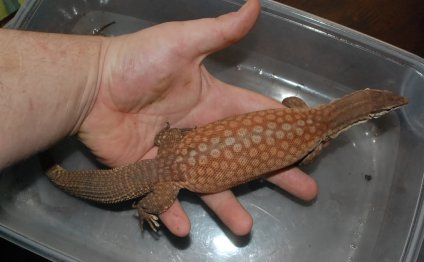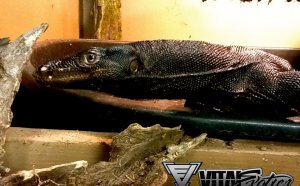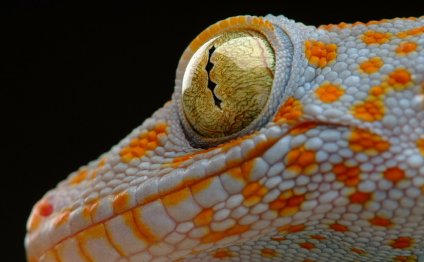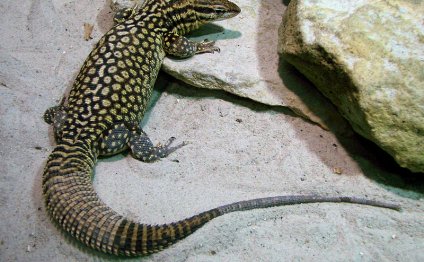
Monitor lizard sale
 IMAGE: On the Philippine black market, undercover KU researchers found this monitor lizard for sale as an exotic pet - so exotic it was unknown to science. view more
IMAGE: On the Philippine black market, undercover KU researchers found this monitor lizard for sale as an exotic pet - so exotic it was unknown to science. view more
Credit: Sy Emerson
LAWRENCE - Rafe Brown, curator-in-charge of the herpetology division at the University of Kansas' Biodiversity Institute, has devoted years to cataloging and conserving the biodiversity of the Philippines, a nation he views as an ecological treasure house.
It's no wonder that Brown finds Manila's wide-ranging black market in exotic animals to be "bizarre and grotesque." He said Manila's criminal trade in animals ranges from pet stores "with many endangered and illegal species hidden behind the scenes" to major international wildlife violators and wholesale smuggling rackets.
"The operations involve everything from sea turtles, to ivory, to tiger parts and rhino horns, " Brown said. "These involve private individuals, pet store owners, politicians, zookeepers and corrupt government officials. Many animals are sold as pets and 'captive breeding' stock and zoo specimens. Many are sold as food, many are slaughtered and sold as parts for 'medicinal' purposes and aphrodisiacs, and many are huge, high-stakes status symbols for the wealthy elite - such as tigers, monkeys and Komodo dragons."
Recently, amid this commerce, Brown and colleagues discovered two species of water monitor lizard that were previously unknown to science. They have just published descriptions of the new species in the journal Zootaxa, along with an analysis of Manila's illegal pet and bush-meat trade in the journal Biological Conservation. Moreover, a film documentary about their remarkable discovery is in the works.
"Over a five-year period we visited pet markets, roadside bush-meat stands and various other markets where monitor lizards were sold as pets or meat, " said the KU researcher. "We used to walk around pet markets and side streets talking to traders using circuitous conversation and eventually getting around to asking them if they had 'anything else' behind the scenes or in the back room."
Oftentimes, sellers would offer Brown and his fellow researchers "a turtle or monitor lizard or some other animal which they should not have had in their possession, " he said. The team purchased these reptiles to genetically analyze them at KU in an effort to help Philippine police and conservationists.
"Our plan was to build genetic databases to use as enforcement references for confiscated animals, to empower local enforcement officials with the forensic, scientific and legal means of establishing a confiscated animal's provenance, " Brown said. "We were aware that traders routinely mislead buyers with fantastic stories of animals' origins to fetch a higher price, so we reasoned that genetic methods could pinpoint an animal's origins when a trader's account was not to be trusted."
In the process, to their surprise, the researchers found genetic varieties of water monitor lizards that varied sharply from those common to the areas surrounding Manila. This was their first clue that additional species diversity might exist, hidden within the northern Philippine water monitor lizard population.
RELATED VIDEO



Share this Post
Related posts
Colorful lizard
A very large species of chameleon that is endemic to forests in eastern and northern Madagascar. They reach up to 68 cm (27…
Read MoreMonitor lizards enclosure
The savannah monitor lizard is one of the mid-sized lizards. Generally speaking it grows to 3-4 feet in length. But beware!…
Read More











